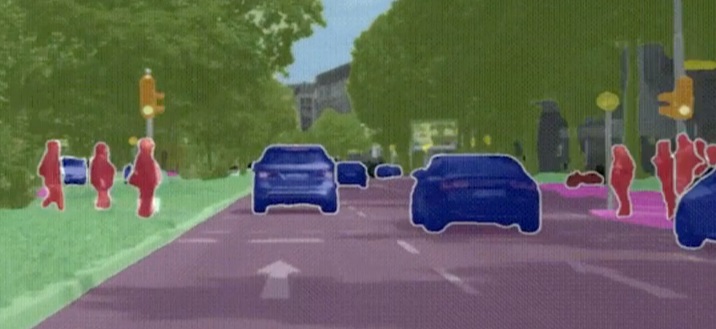AI still betting on perfect human-machine marriage
When we read the words “artificial intelligence” (AI) we usually picture robots, machines, and circuit boards, not people.
However, some working to develop AI solutions for cars aim to integrate the human element in such systems. That’s rather counter-intuitive in a field that has historically aimed to replace human participation, not necessarily to compliment it. Numerous important players in vehicle technology are taking steps in this direction. One massive name among these is Toyota, whose Toyota Research Institute is busy incorporating into its ADAS system Guardian numerous principles from a related discipline.
“When the field of AI was born in the 1950s, a few other scientists flipped the AI idea around,” said TRI’s mobility and advanced technology communications manager Nathan Kokes. “This other field was Intelligence Amplification, or IA. The idea of IA was human-centric, for people and machines to act in synergy; accomplishing together something better than either one could accomplish alone.”
Toyota’s goal is to have a human and machine interface as seamlessly as possible to improve the performance of the vehicle. The company frequently cites the examples of jet fighter airplanes, in which the pilot does not actually fly the craft directly. In place of that, a flight control system “reads” the pilot’s actions, correcting them as necessary to ensure that the aircraft stays within reasonable safety parameters.
For cars, this means that the human is in control of the vehicle in nearly all situations within the driving experience. However, as TRI’s CEO Gill Pratt said in remarks at the 2019 International Consumer Electronics Show, “as the driver begins to reach the edge of a dynamically changing safety envelope, the machine begins to collaborate with the human driver, nudging the driver back into a safe corridor”.
To read the complete article, visit TU-Automotive.

















